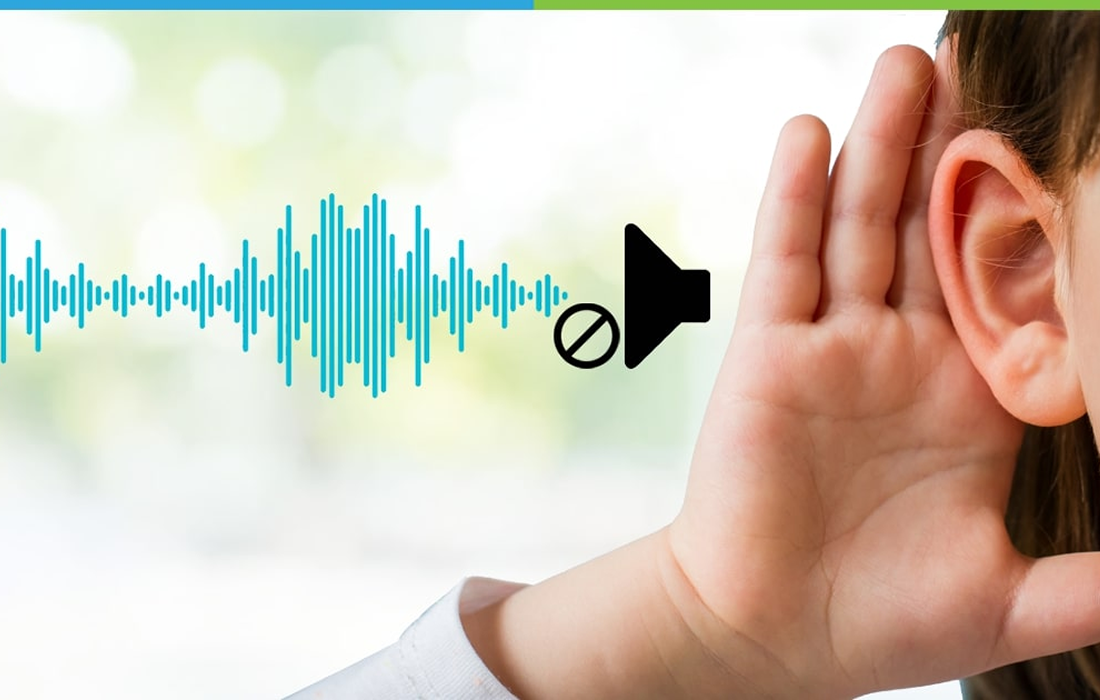Stem Cell Therapy for Specific Conditions
Could Stem Cell Therapy Be a Cure for Some Types of Deafness?
Auditory neuropathy is a hearing disorder in which the inner ear successfully detects sound, but has a problem with sending sound from the ear to the brain. It can affect people of all ages, from infancy through adulthood. The number of people affected by auditory neuropathy is not known, but current information suggests that auditory neuropathies play a substantial role in hearing impairments and deafness.
When their hearing sensitivity is tested, people with auditory neuropathy may have normal hearing or hearing loss ranging from mild to severe. They always have poor speech-perception abilities, meaning that they have trouble understanding speech clearly.
People with auditory neuropathy have greater impairment in speech perception than hearing health experts would predict based upon their degree of hearing loss on a hearing test. For example, a person with auditory neuropathy may be able to hear sounds, but would still have difficulty recognizing spoken words. Sounds may fade in and out or seem out of sync for these individuals.
Researchers report several causes of auditory neuropathy. In some cases, the cause may involve damage to the inner hair cells—specialized sensory cells in the inner ear that transmit information about sounds through the nervous system to the brain.
A cure for this condition may be a step closer, after researchers from the University of Sheffield in the UK used human embryonic stem cells to repair a similar type of hearing loss in gerbils (small rodents).
Using gerbils and human embryonic stem cells, Marcelo Rivolta project leader and stem-cell biologist with his colleagues describe how they repaired an important part of the link between the inner ear and the brain; the auditory nerve.
For their study, he and his colleagues developed a way to turn human embryonic stem cells into ear cells and then transplanted them into deaf gerbils. The model of hearing loss they treated in the gerbils is similar to auditory neuropathy in humans, where damage to the cochlear nerve (also known as auditory or acoustic nerve) disrupts or prevents sound signals picked up by the cochlea in the inner ear from reaching the brain.
The problem lies mainly with the neurons or nerve cells connecting the brain to the inner-ear hair cells that translate sound into electrical signals.
The team treated stem cells with 2 types of fibroblast growth factor, FGF3 and FGF10. This produced 2 types of primordial sensory cell: otic epithelial progenitors, which are like hair cells, and otic neural progenitors which are like neurons. They transplanted only the Otic neural progenitors into the ears of damaged gerbils and 10 weeks later, some of the transplanted cells had grown projections that connected to the brain stem. After 4 weeks post-transplantation, the average overall improvement in hearing was 46%.
Rivolta said he and his team believe the study is a big step forward, because it shows they now have a way to make human cochlear sensory cells for use in new drugs and treatments, and to study the function of genes. More studies are needed to understand the long term implications and the treatment safety.
Source:
https://www.medicalnewstoday.com/articles/250197
https://www.nidcd.nih.gov/health/auditory-neuropathy

